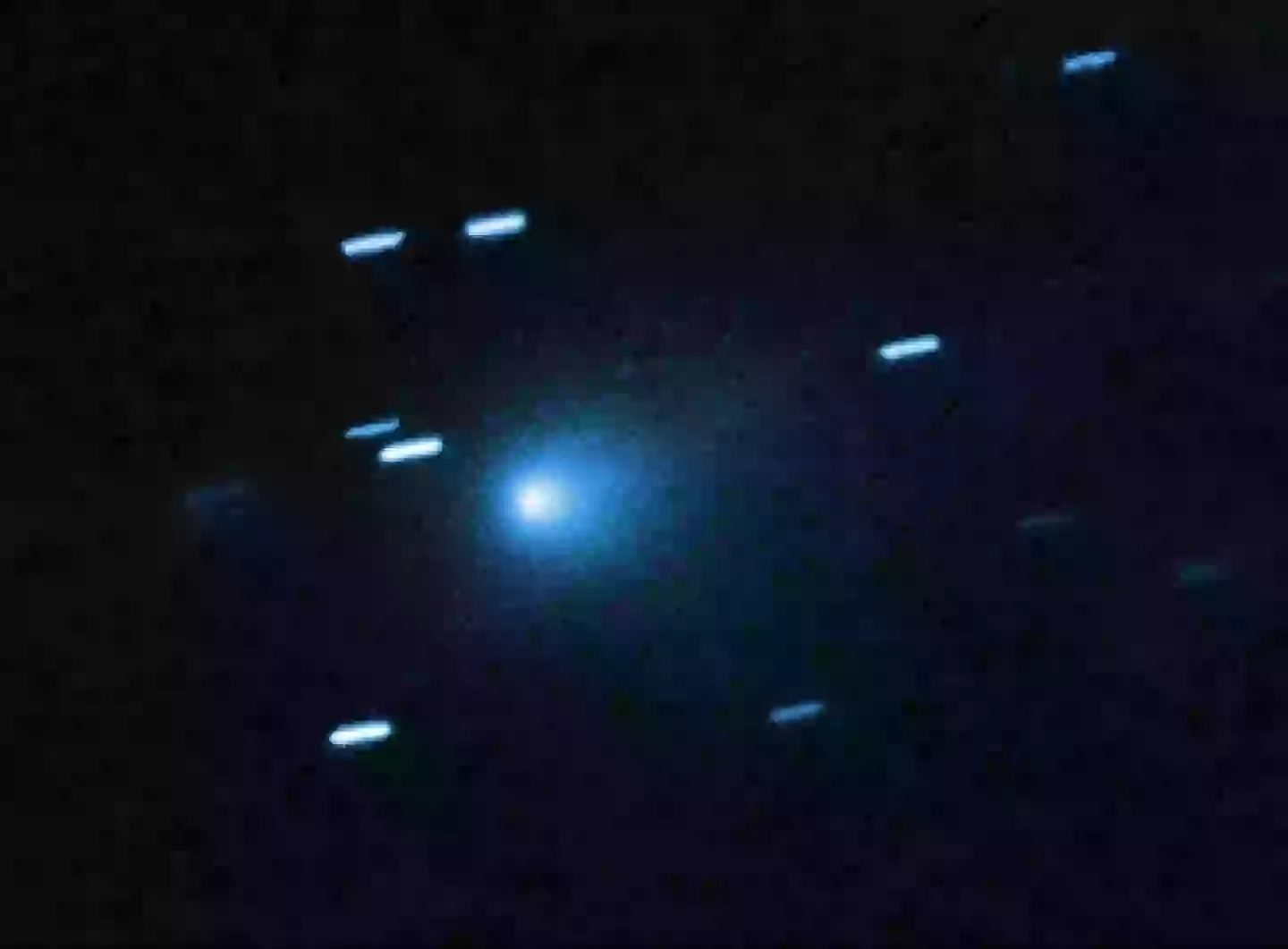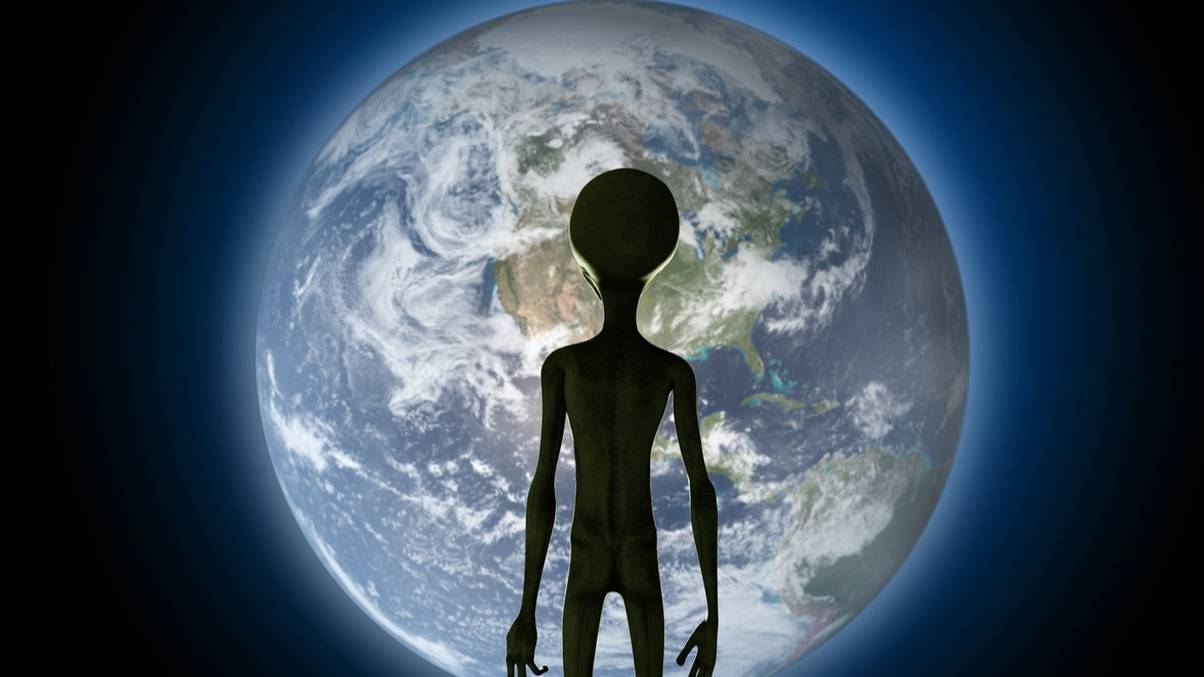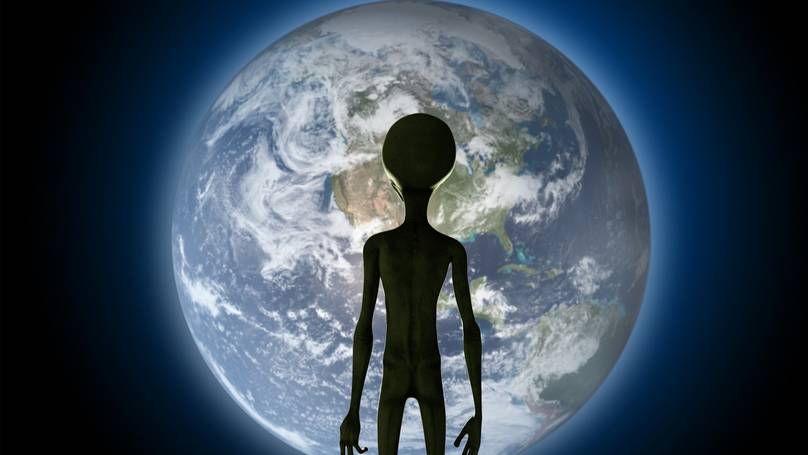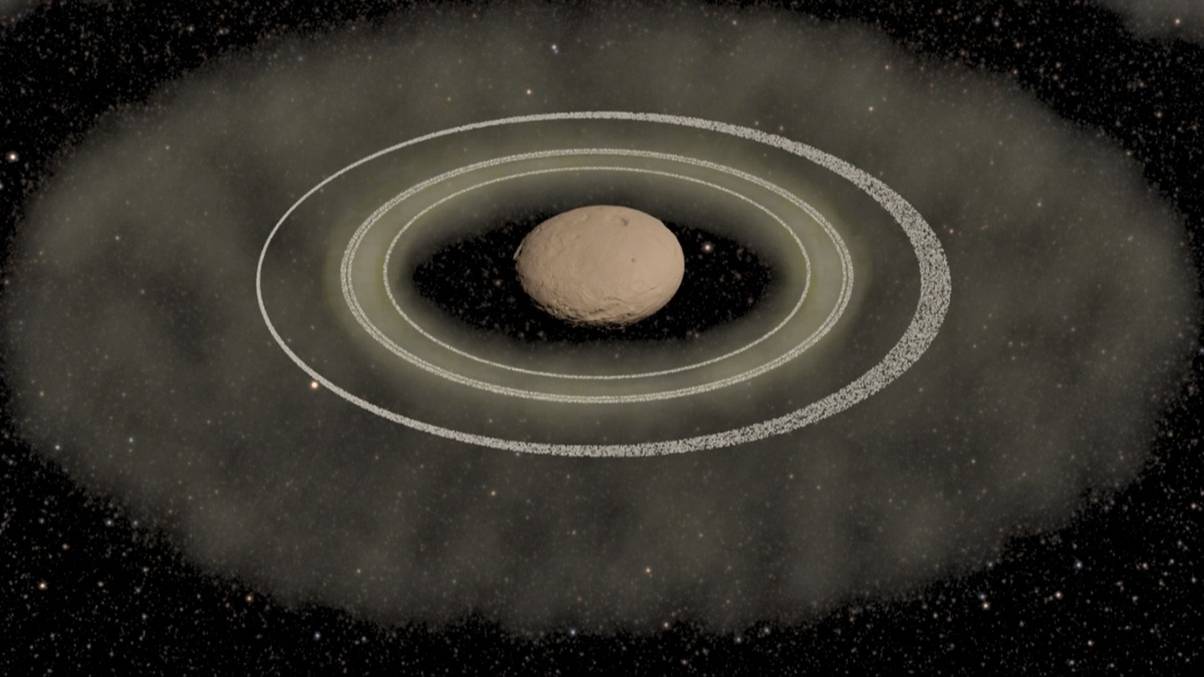Alien Menace Unveiled: Shocking New Revelations About Mysterious Object Racing Through Our Solar System
So, here we are again, staring up at the cosmos like a group of confused tourists lost on the interstate – except this time, it’s not just any old space rock passing through, it’s 3I/ATLAS, the third known interstellar object crashing our solar system’s party. Most brainiacs reckon it’s a run-of-the-mill comet that’s been moseying this way for ages, but hold on! Professor Avi Loeb from Harvard steps in and drops a humdinger: what if this isn’t a dusty chunk of rock after all, but a 20-kilometer-wide reflecting surface – maybe even an alien spacecraft? Yep, he’s tossed the whole extraterrestrial curveball into the mix, suggesting that 3I/ATLAS might be powered by nuclear energy and purposefully skirting Earth to avoid nosy telescope eyes. Cute, right? It’s like the universe’s own cosmic game of peekaboo, minus the baby giggles. Whether this glowing visitor is a natural phenomenon or some crafty ET on a drive-by, one thing’s for sure: it’s got us all wondering – are we just lucky this interstellar freak show won’t slam into our backyard, or are we being ghosted by aliens with a seriously passive-aggressive sense of timing? Dive into the mystery yourself and see what you make of this cosmic enigma.
As the third interstellar object to be observed passing through our solar system gets closer, some scientists are flagging that certain details of this thing have them wondering.
The object hurtling through space is known as 3I/ATLAS, and it has travelled a very long way to get here, with most researchers reckoning that it’s some sort of comet that first started heading our way a long time ago.
However, others have suggested it might be something else, as Professor Avi Loeb of Harvard University said his observations suggested it was ‘a reflecting surface that is about 20 kilometres in diameter’.
He also has some other things to say about 3I/ATLAS, as Professor Loeb has raised the possibility that the interstellar object is not a chunk of rock that has been hurtling through space for billions of years, but an alien vessel containing extraterrestrials.

This is 3I/ATLAS, so why does it glow so brightly? (NASA, ESA, David Jewitt)
Studying a recent image taken of the interstellar object by the Hubble Space Telescope last month, he is trying to figure out why it looks like it’s glowing.
He suggested that if the interstellar object generates its own light, then it could be smaller than his previous estimate, with NASA’s own observations suggesting it is smaller than first thought, and argues that ‘illumination by sunlight cannot explain’ the scattered light.
As for what it could be, Professor Loeb suggested 3I/ATLAS could contain a ‘natural nuclear source’, but said this was quite unlikely. The scientist also suggested it might be a spacecraft with nuclear energy powering it, which would mean it was an alien vessel travelling through our solar system.
While the path it takes will carry it beyond Earth, it is not on course to hit us, though Loeb suggested this ‘could be intentional to avoid detailed observations from Earth-based telescopes’.
He said that if it is alien, then it’s ‘potentially hostile’, though his best estimation is that it’s ‘a completely natural interstellar object’, so it’s probably not aliens.
But it could be…

Most experts reckon it’s a comet, but one scientist keeps suggesting it might be aliens (NASA/JPL-Caltech)
NASA experts believe 3I/ATLAS is a comet and have predicted that it will pass through our solar system in the coming months.
However, they’re pretty sure it’s not going to come close to Earth, with the closest it’s expected to get being about 170 million miles away from our planet.
Meanwhile, it will get closer to the sun on 30 October this year, coming within around 130 million miles.
If it really is aliens, then they’re either going to have to change direction very quickly, or they’re just going to do a drive-by. At the same time, if it’s a comet, then nobody but the laws of physics is at the wheel, and we should be very glad this fast-moving interstellar object is going to miss us.
The closer 3I/ATLAS gets, the clearer the view we get of it, though eventually it’ll become impossible to see thanks to the sun before becoming visible again in December.



















